
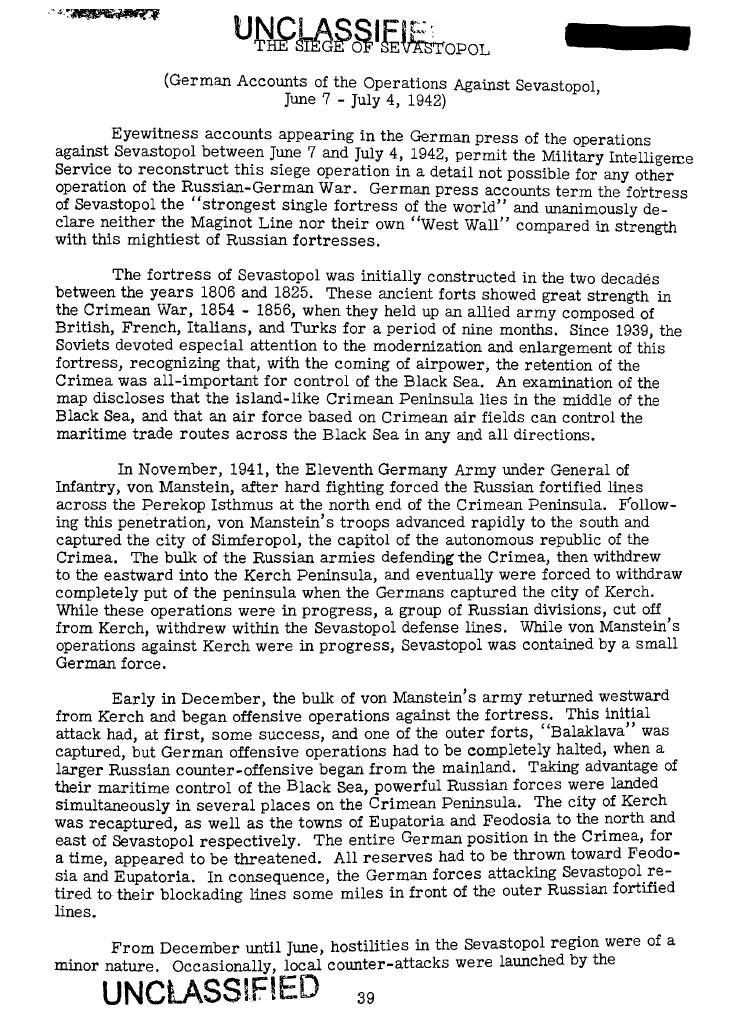
World War II Military Intelligence Tactical & Technical Trends Bulletins
$19.50
Description
The War Department’s Military Intelligence Service (MIS) generated a substantial archive during World War II: 2,032 pages compiled into forty bi-weekly bulletins, spanning from June 18, 1942, to December 16, 1943. These “Tactical and Technical Trends” bulletins offered a concise, regularly updated overview of battlefield developments. The bulletins encompassed a broad geographical scope, covering the European, Pacific, African, and China-Burma-India theaters of war.
The bulletins’ stated purpose, as explained in their introduction, was to disseminate timely intelligence on evolving tactical and technical aspects of ground warfare. This intelligence was primarily gleaned from reports submitted by American military attachés and observers stationed in various combat zones, supplemented by official sources. While primarily focusing on ground operations, the MIS explicitly excluded detailed information on air and naval actions unless directly relevant to ground forces’ activities. The bulletins also incorporated analyses and interpretations of the reported data where appropriate.
The organization of each bulletin followed a consistent structure. Information was categorized by branch of service (e.g., infantry, artillery). To ensure transparency, the origin of each piece of intelligence was clearly cited. Furthermore, the MIS actively solicited contributions from divisional and higher-level commanders, encouraging them to share their firsthand experiences with equipment performance and related technical challenges encountered in the field.
Typically, each bulletin presented between twenty and twenty-five individual reports, arranged into two distinct sections. This format facilitated efficient dissemination of a large volume of information, providing military leadership with a crucial, regularly updated understanding of the evolving technological and tactical landscape of the war. This document describes the organization and content of a military intelligence bulletin, likely from World War II. Section I is a compendium of shorter articles categorized by military branch and subject matter, covering a wide range of topics related to enemy tactics, equipment, and procedures.
These range from the specifics of anti-aircraft gun usage by the Russians against tanks to the psychological techniques employed by the Germans in prisoner interrogations. Other examples include analyses of Japanese defensive strategies in the Pacific theater, German camouflage methods, and British countermeasures. The articles also delve into the logistical aspects of warfare, encompassing topics such as German salvage operations and the economic organization of the German army. Furthermore, the section includes accounts of specific military actions, for instance, a commando raid in France.
In contrast, Section II featured a single, more detailed analytical piece in each bulletin. These longer articles provided in-depth examinations of significant military operations and tactical doctrines. Examples include a tactical analysis of the effectiveness of the German 88mm gun as an anti-tank weapon, a study of the German Dnieper River crossing, and a comprehensive overview of North African operations. The section also included analyses of specific combat scenarios, such as street fighting on the Eastern Front, and critical evaluations of military engineering and fortifications, including an assessment of fortification failures in the 1940 campaign. Essentially, Section I offered a broad survey of diverse intelligence snippets, while Section II presented focused, in-depth analyses of key military events and strategies.
WWII Military Intelligence Bulletins: Tactical & Technical Trends
Timeline of Main Events/Topics Covered:
This timeline is not a chronological narrative of the war, but rather a representation of the topics and trends discussed within the bulletins, spanning from June 1942 to December 1943.
- June 18, 1942: First Tactical and Technical Trends Bulletin is issued. The aim is to disseminate information about tactical and technical developments based on reports from military attachés and observers in the field. Focus is on ground operations, with limited inclusion of air or naval matters.
- 1940-1942: The bulletins frequently discuss events and lessons learned from the early part of the war. This includes:
- German operations in North Africa: Covering topics such as German salvage procedures in the desert, British signal security, and a summary of operations from 1940-1942. Also includes the detailed analysis of the German 88 mm Anti-Aircraft Gun used in an Anti-Tank Role in the Libyan battles.
- German military effectiveness: Fortification failures from their 1940 campaign are discussed, along with the economic organization of the army.
- Mid-1942:Increased focus on the Eastern Front: Includes articles about the German crossing of the Dnieper River (Kremenchug area during the Kiev Operation), Russian defense against German tank attacks, and tactics of street fighting on the Russian Front.
- Emergence of new German technology and tactics: Notes on the development of new German rocket weapons, German fighter tactics to avoid antiaircraft fire, the use of Benzedrine and Methedrine by German troops, and German methods of camouflage become recurring topics.
- Guadalcanal and the Pacific Theater Japanese defensive tactics in the Solomons and on Guadalcanal, as well as notes on jungle warfare by the Japanese begin to appear.
- August 19, 1942: Details of the Commando Raid on Varengeville, France are reported.
- Late 1942 – 1943:Increased coverage of the Japanese Army: Focus on Japanese tactics in the Pacific Theater, covering areas such as jungle warfare, the use of noise as a weapon, regulations governing Japanese troops occupying conquered areas, and defense of coral islands.
- Further coverage of German military practice: Includes topics such as the creation of German Armored Portable Pill Boxes, German Army Propaganda Units, the recruitment of the Waffen-SS, and German Evacuation Order from Sicily.
- Continued analysis of German equipment and tactics: Including misleading markings on German planes and the German Air-Raid Warning System.
- December 16, 1943: The last of the 40 bulletins covered is published.
Cast of Characters:
This section does not list individual names but rather the groups of people whose actions and experiences are discussed in the bulletins.
- American Military Attaches and Observers: The primary source of information for the bulletins. They are the eyes and ears in the various theaters of war, gathering information for the War Department. They are the narrators and main characters of the bulletins and reports.
- German Soldiers: Represented in the bulletins both in terms of their tactical and technological capabilities, as well as their perspectives through captured documents or interrogations. They are frequently portrayed as well-organized and utilizing innovative war tactics.
- Russian Soldiers: Highlighted for their defensive strategies against German armored attacks and their urban warfare capabilities. Their tactics are analyzed and shared with American officers.
- Japanese Soldiers: Presented for their jungle warfare and island defense tactics. Their methods of occupying conquered areas and use of unconventional warfare methods are also discussed.
- British Forces: Mentioned in the context of their operations in North Africa and Burma. Their tactical successes and failures are reported and analyzed for their use by the US military.
- French Civilians: Specifically in the context of the Varengeville Commando Raid.
Note: This cast of characters does not include named individuals but categorizes the main groups of actors whose actions, technologies, and tactics are the focus of the bulletins. This is in line with the source material, which is focused on tactical and technical trends, not personal stories.
Related products
-
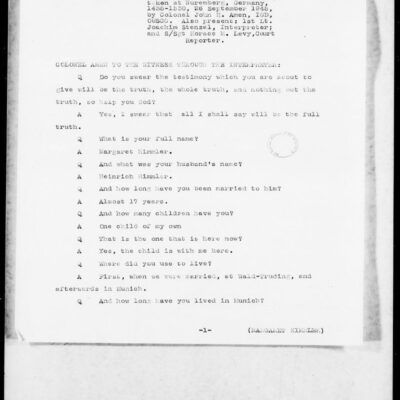

World War II: Interrogation Report and Diary of Margarete Himmler, Wife of Heinrich Himmler
$3.94 Add to Cart -
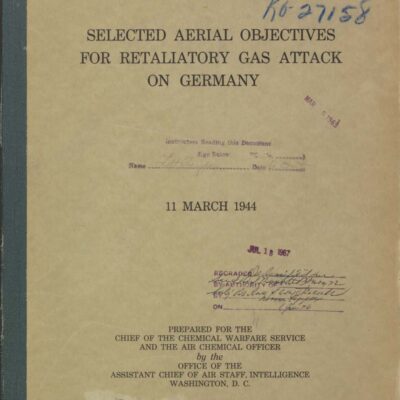
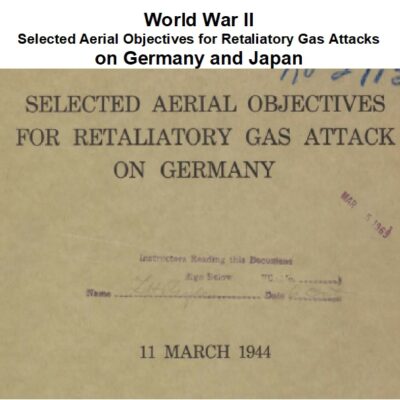
World War II: Targeted Aerial Objectives for Retaliatory Gas Attacks on Germany and Japan
$3.94 Add to Cart -
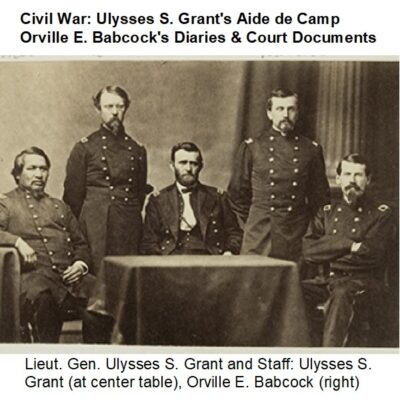
Civil War Ulysses S. Grant’s Aide de Camp Orville E. Babcock’s Diaries & Court Documents
$3.94 Add to Cart -
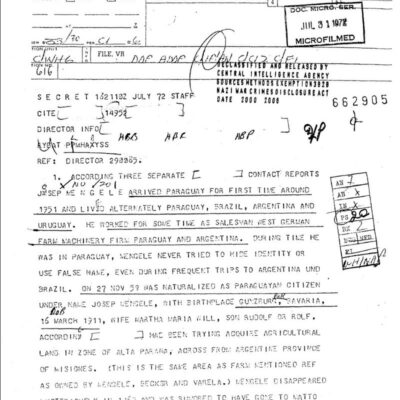
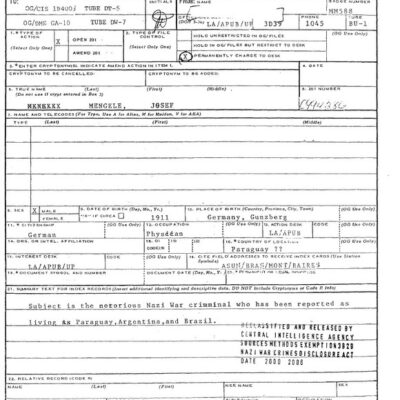
Josef Mengele CIA Files
$19.50 Add to Cart